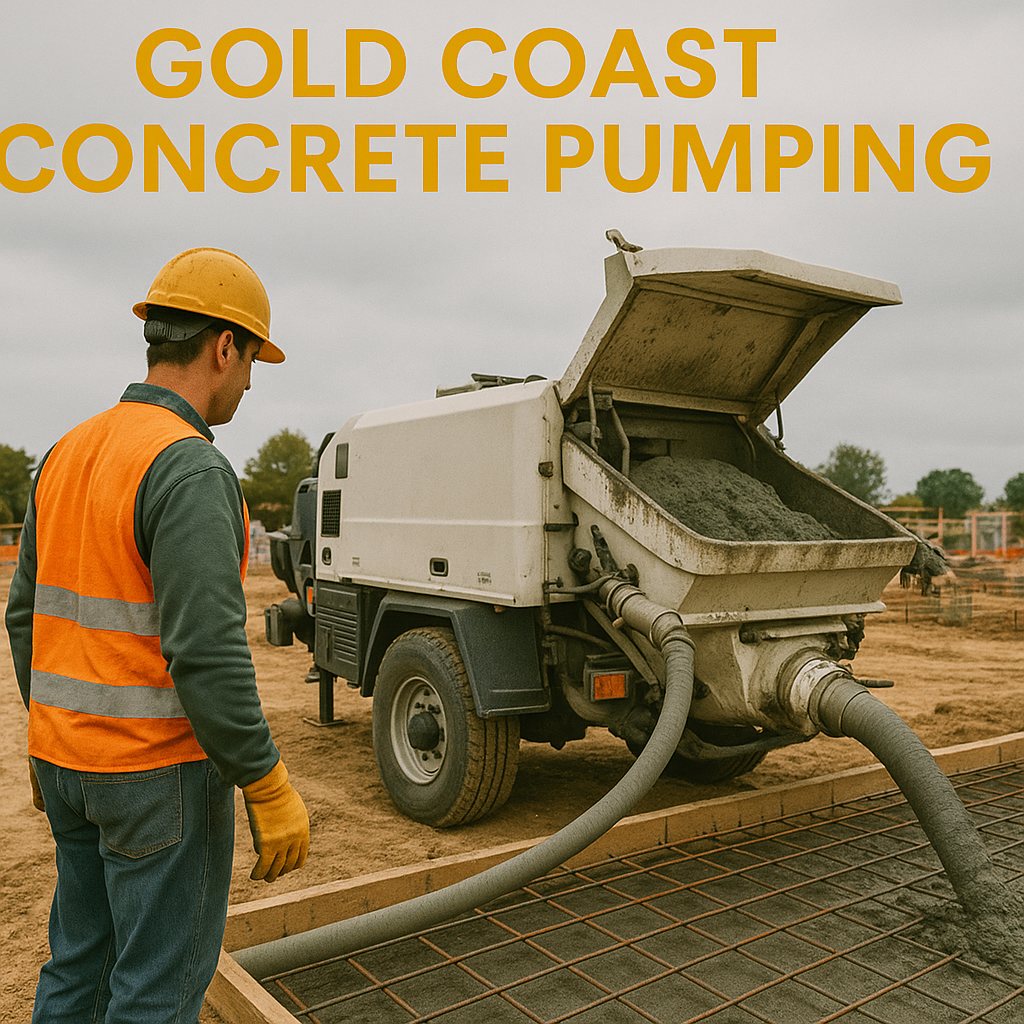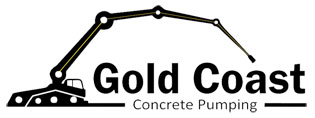
Choosing the right concrete pumping method can significantly impact the efficiency, cost, and quality of your construction project. Two of the most common methods used in construction are concrete boom pumps and line pumps, each offering distinct advantages depending on the project’s size, site conditions, and specific requirements.
If you’re planning a build across Australia, understanding the difference between these two pumping methods will help you make an informed decision for smoother project delivery.
What is Concrete Pumping?
Concrete pumping uses specialised equipment to transport liquid concrete from a truck to the desired location on a construction site, ensuring precise placement even in areas that are difficult to reach manually. This process reduces manual labour, speeds up project timelines, and ensures consistent concrete quality.
What is a Concrete Boom Pump?
A concrete boom pump uses a robotic, remote-controlled arm (boom) to deliver concrete accurately to hard-to-reach areas. It is mounted on a truck, allowing flexibility and mobility for concrete placement at heights or over obstacles.
Key Benefits:
✅ Ideal for High-Rise and Large-Scale Projects: The boom’s reach makes it perfect for multi-storey builds, bridges, and large slabs.
✅ Quick Setup and Operation: Efficient for projects where large volumes of concrete need to be placed quickly.
✅ Reduced Labour: Minimises manual handling and improves site safety.
✅ Precision Placement: The boom can navigate around obstacles, ensuring precise concrete delivery.
What is a Concrete Line Pump?
A concrete line pump uses flexible or steel hoses attached to the pump, which can be extended to deliver concrete precisely where needed on-site. Line pumps are often mounted on a trailer or truck and can navigate around tight spaces.
Key Benefits:
✅ Ideal for Small to Medium Projects: Perfect for residential slabs, driveways, pool decks, and footpaths.
✅ Access to Tight Areas: The hoses can reach areas where a boom cannot operate efficiently.
✅ Cost-Effective: Generally more affordable for smaller projects compared to a boom pump.
✅ Versatile: Can handle a variety of pours, including those with lower concrete volumes.
Boom Pump vs Line Pump: Key Differences
|
Feature |
Boom Pump |
Line Pump |
|
Reach |
Long reach with a robotic arm |
Limited reach with hoses |
|
Best For |
High-rise and large-scale pours |
Small to medium projects |
|
Setup |
Faster for large areas |
More flexible for tight access |
|
Concrete Volume |
Large volumes efficiently |
Smaller, controlled volumes |
|
Cost |
Higher initial cost, efficient for large jobs |
More affordable for smaller projects |
|
Site Access |
Needs space for truck and boom operation |
Can navigate narrow spaces |
How to Choose the Right Pump for Your Project
✅ Project Size and Concrete Volume
For large commercial slabs, bridges, and high-rise buildings, a boom pump can handle high volumes of concrete quickly and efficiently. For smaller residential jobs, driveways, or projects requiring precise small-volume pours, a line pump may be more cost-effective.
✅ Site Accessibility
Assess your site for accessibility. If there is limited access or narrow entry points, a line pump’s flexible hoses can navigate these challenges. For sites with adequate space, a boom pump provides fast, efficient delivery.
✅ Budget Considerations
While boom pumps may have higher upfront costs, they can reduce labour and project timelines on larger jobs. For smaller budgets or projects requiring less concrete, a line pump may be a more economical choice.
✅ Pour Location
Consider the height or distance required for the pour. Boom pumps excel in reaching upper floors or over obstacles, while line pumps are better for ground-level pours in confined areas.
Applications for Boom and Line Pumps
Boom Pump:
✅ Multi-storey residential or commercial buildings.
✅ Large industrial slabs.
✅ Bridge and infrastructure projects.
✅ Projects requiring concrete over obstructions.
Line Pump:
✅ Residential house slabs and extensions.
✅ Driveways and footpaths.
✅ Swimming pool construction.
✅ Low-volume, precise pours in tight spaces.
The Role of Concrete Pumping in Modern Construction
Using the right concrete pumping method improves project timelines, enhances safety by reducing manual handling, and ensures consistent quality in concrete placement. As modern construction demands continue to grow across Australia, efficient concrete pumping solutions like boom and line pumps play a vital role in project success.
Concrete pumping is essential for ensuring high-quality, efficient, and safe concrete placement on any construction site. Both boom pumps and line pumps offer unique advantages:
✅ Choose a boom pump for high-volume pours, large-scale projects, and hard-to-reach elevated areas.
✅ Opt for a line pump for smaller projects, tight access, and precise ground-level pours.
Assessing your project’s specific needs, site accessibility, and budget will help you make the best decision to keep your construction project on schedule while maintaining safety and quality.
If you’re planning a project across Australia, selecting the right concrete pumping method will ensure your build is completed efficiently, safely, and to a high standard.
